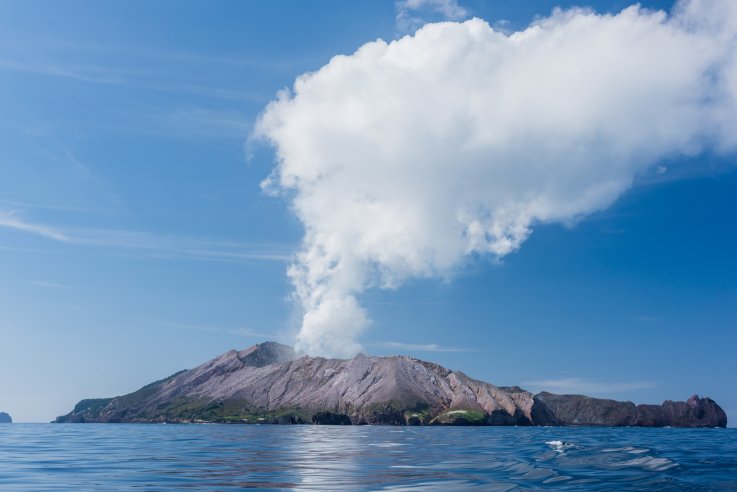
........................................................................................................................................................
 Active Volcanoes Around The World
That Could Erupt At Any Moment
Active Volcanoes Around The World
That Could Erupt At Any Moment
BY LAURA POWERS
Despite the dangers, tourists continue to flock to
these volatile places for incredible views and to take a peek at Mother
Nature's temperamental hotspots.
The recent deaths in New Zealand have highlighted the
dangers of visiting active volcanoes.
Falling ash, running lava and hot gases can create
unstable situations, but the views are often breathtaking and the excitement of
a possible fire show lures in those seeking an adrenaline rush.
Despite the dangers, tourists continue to flock to
these volatile spots for the incredible views, and perhaps bragging rights.
For those looking to explore these natural wonders,
all around the world there are volcanoes you can get up close and personal with
(at your own risk, of course).
Eyjafjallajokull, Iceland
This volcano lying beneath a glacier of the same name
put Iceland on the travel map when it erupted in 2010. Since then the volcano,
and Iceland in general have become a popular destination. Either rent a car or
for those that are a little bit more outdoorsy, take the two-day Fimmvörouháls
trail starting in Reykjavík.
Though less famous than its neighbor, scientists
belief that Katla Volcano is due to erupt any day. The volcano usually erupts
every 40 to 80 years, but hasn't had a large eruption since 1918. Scientists
believe the upcoming eruption may dwarf that seen from Eyjafjallajokull in
2010.
Eyjafjallajokull Elevation: 5,417 ft Katla Elevation:
4,888 ft
Mt. Merapi, Indonesia
Merapi (the one that makes fire in Javanese) only
erupts every five to 10 years, but when it does, it's a sight. The volcano is
near the densely populated city of Yogyakarta and is integral to daily life.
The lava and ash have made the land fertile and the volcano has also been
important to the history of sultans and kings. To learn that history, tourists
can visit the Museum of Merapi or view the volcano from the Kaliurang
Observation Tower.
Elevation: 9,547 ft
Erta Ale, Ethiopia
Though not very tall and imposing, Erta Ale is one of
the only volcanoes in the world to have a nearly consistent lava lake. Located
in the Danakil Depression, it is also considered one of the hottest places in
the world. Near the border with Eritrea, the best way to see the volcano is
through a guided tour, since the volcano is in a relatively secluded area. Many
tours start from Addis Ababa, which is the easiest place to fly into. Also,
check before you go because recently there has been low visibility due to
smoke.
Elevation: 2,011 ft
Mount Stromboli, Italy
One of the most famous and active volcanoes in the
world, Mount Stromboli makes up one of the Aeolian islands off the coast of
Italy. The only way to visit is by boat—usually by booking a boat tour—and then
hiking the island. Mount Stromboli gained some negative press this past July
when the volcano erupted killing a hiker. Despite this, it's been a famous
volcano for its near continuous eruptions since 1932.
Elevation: 3,031 ft
Kilauea, Hawaii
The most active volcano in the world is in Hawaii,
where volcanoes hold local cultural lore. Kilauea is bordered by Mauna Loa
volcano, Kau Desert, Ainahou Ranch and a fern jungle. Nearby is also the
Thurston Lava Tube which can be visited, as well as the surrounding lush
jungle. The volcano is located on the Big Island, so visiting other attractions,
such as Honolulu is an option.
Elevation: 4,009 ft
Pacaya, Guatemala
Those looking to avoid helicopter flights and long car
rides can enjoy the views of Pacaya from their hotel room in Guatemala City. Or
visitors can take a little over an hour car ride and hike Pacaya. The volcano
lets off heat, which visitors have discovered is perfect for roasting
marshmallows, so remember to bring your s'more ingredients. Pacaya is not the
only active volcano in the region. Volcano Fuego (which erupted last year) and
Santiaguito are all active, and Guatemala has another 34 volcanoes that are
either dormant or extinct.
Elevation: 8,428 ft
Mount Etna, Italy
Not only is Mount Etna known for being in one of the
most picturesque places (located on the island of Sicily), Etna is also the
most active volcano in Europe and one of the longest erupting volcanoes, for
the past 2,000 years. Hiking is not the only way to enjoy the view of the
volcano. In the winter, one can ski down the slopes, and the ash creates
fertile soil that yields excellent wine, which is perfect for sipping while
watching plumes of smoke.
Elevation: 10,810 ft
Sakurajima, Japan
Less than 5 miles away from the city of Kagoshima,
Sakurajima erupts almost every day. Visiting the area is very easy, with
ferries leaving the city every 15 mins. Once there, visitors can take a hike or
visit the observatory, which is the closest spot to safely view the emissions.
The lava has created interesting produce, including the world's largest radish
and the smallest peelable orange.
Elevation: 3,665 ft
Mount Yasur, Vanuatu
Vanuatu is an island that few know about, but the
people there are considered some of the happiest in the world. Near Fiji, in
the South Pacific, Mount Yasur became famous when it was observed by Captain
Cook in 1774. Hiking, guides or taking a four-wheel drive are all options to
visit the volcano, but heed warning signs as it can erupt with minimal warning.
Elevation: 1,184 ft
Volcan de Colima, Mexico
Volcan de Colima is considered one of the most
dangerous volcanoes to visit. It had quite a bit of activity in the 1990s but
had a huge explosion in 1913 which blew off part of the crater. Ciudad Guzmán
is the closest city to the volcano, but the quaint city of Colima is a pretty
stop over on the way, especially if you plan on hiring a guide or a car.
Elevation: 12,631 ft
Vesuvius, Italy
Arguably the most famous volcano in the world,
Vesuvius is considered currently dormant, but that doesn't mean that it won't
erupt at some point. Visiting Vesuvius is less about seeing active emissions
and more about Mount Vesuvius's past, particularly the destruction of Pompeii in
A.D. 79. Though the volcano seems harmless, the destruction of Pompeii was
during a dormant phase of Vesuvius as well. Tours are available or also trains
for a more independent journey.
Elevation: 4,203 ft
White Island, New Zealand
Making headlines recently for an eruption that killed
at least five people, White Island, which is uninhabited, is usually a popular
tourist attraction. It is also central to New Zealander culture, playing an
important role in Maori folklore. To access the island, one must take a boat
tour, and then one can hike. Relatively close to Vanuatu, White Island was also
named by Captain Cook.
Elevation: 1,053 ft

Hero pic erupting volcano
Eyjafjallajokull's eruption kept planes out of the sky
in 2010, but now draws visitors to see the raw strength of the volcano
juxtaposed against the calm terrain.
Though Merapi is the most active, Indonesia has 127
active volcanoes across the islands.
Erta Ale is located in the Danakil Depression which has
recorded a high temperature of 122 degrees Fahrenheit.
The picturesque Stromboli volcano in the Aeolian islands
at sunset is deceptively serene.
Kilauea draws crowds to the beautiful Hawaiian island to
hike the mountain and explore the lava fields.
Pacaya is one of three active volcanoes in the small
country of Guatemala.
Etna can be seen in the distance from an ancient amphitheater in
Taormina in Sicily.
Sakurajima volcano can be seen in the distance from Kagoshima,
which houses just under 600,000 people on the island of Kyushu in Japan.
Yasur on Tanna Island is next to the larger, dormant Mount
Tukosmera in Sulphur Bay.
Volcan de Colima has the highest elevation of the volcanoes on
this list, and is located in Jalisco.
Though technically dormant, Vesuvius is considered one of the most
dangerous volcanoes in the world because of the high population that would be
affected by an eruption, nearly 2 million people.
White Island (called Whakaari by locals) has been in the news
recently for erupting, killing several tourists and injuring a number of others.
Towering ash plume from Iceland's Eyjafjallajokull
crater during it's eruption, spewing tephra and cloud of ashes that drift
toward continental Europe on May 10 2010 near Reykjavik, Iceland.
Newsweek is a
premier news magazine and website that has been bringing high-quality
journalism to readers around the globe for over 80 years.
Newsweek provides
the latest news, in-depth analysis and ideas about international issues,
technology, business, culture and politics. In addition to its online and
mobile presence, Newsweek publishes weekly English print editions in the United
States, Europe/Middle East/Africa and Asia as well as editions in Japanese,
Korean, Polish, Serbian and Spanish.
Since it was spun off from IBT Media in September 2018, Newsweek has
been owned by Johnathan Davis and Dev Pragad, with Pragad serving as CEO
overseeing all of Newsweek's operations. Davis has no operational role at
Newsweek.
vvvvvvvvvvvvvvvvvvvvvvv


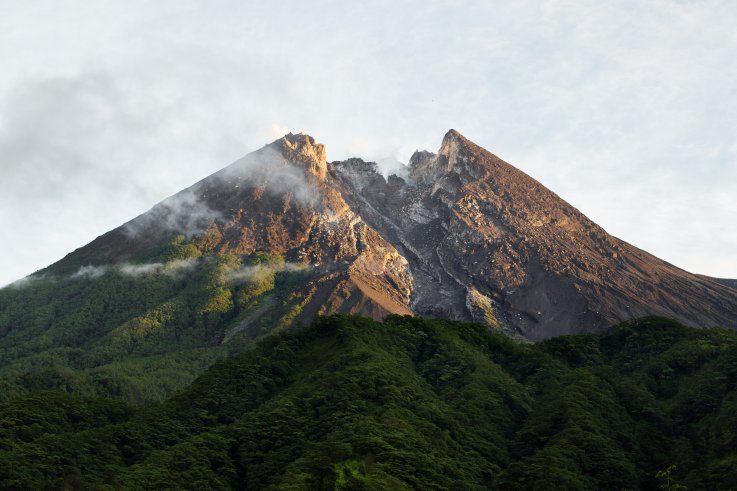

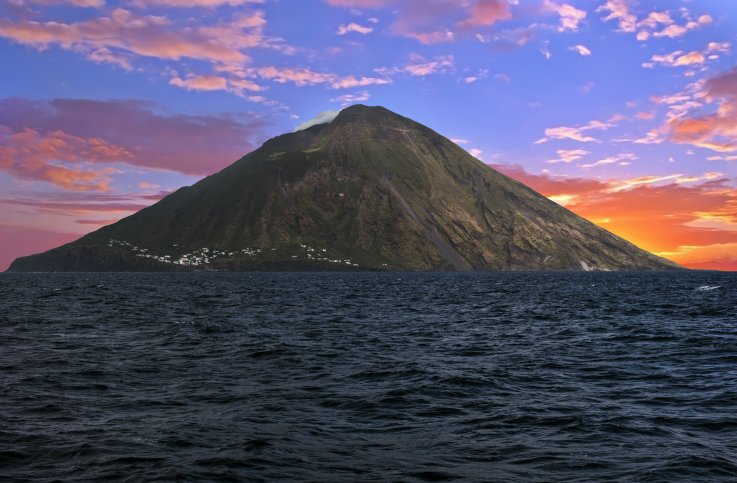

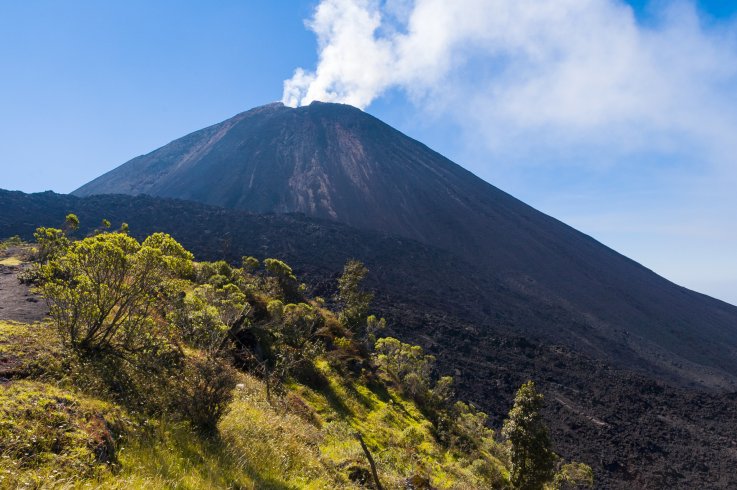
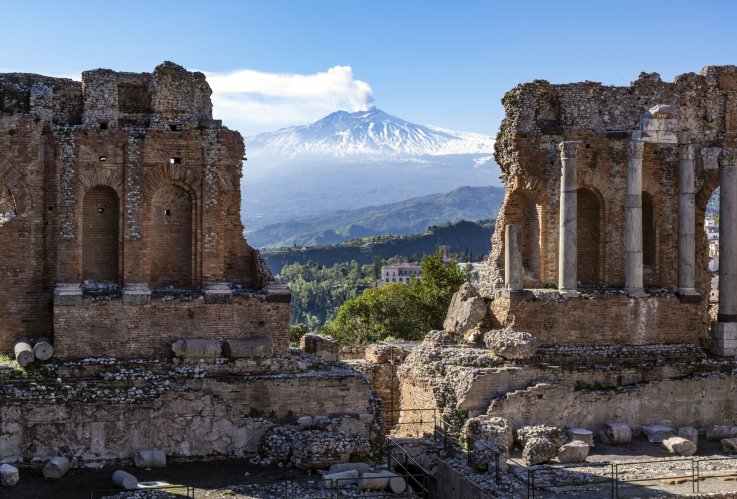

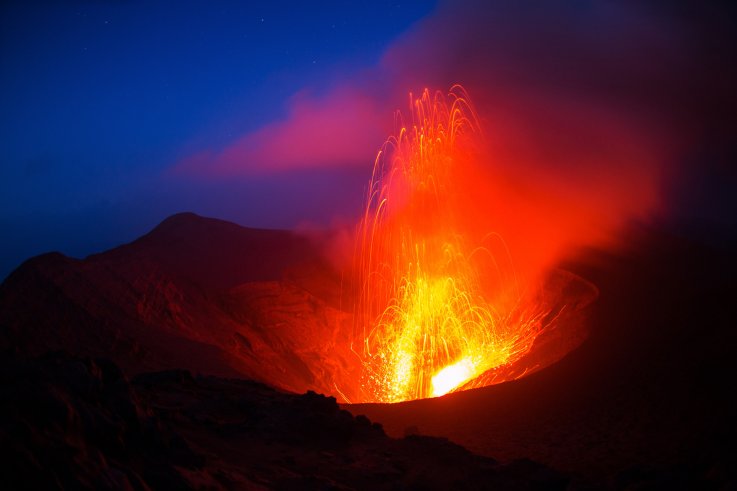
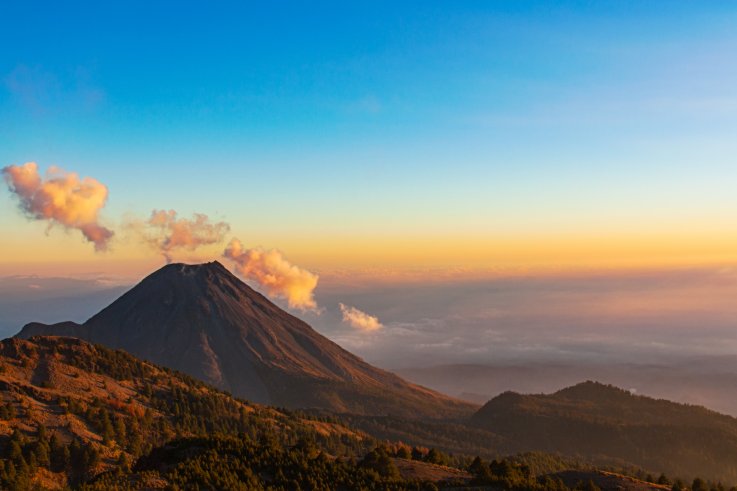
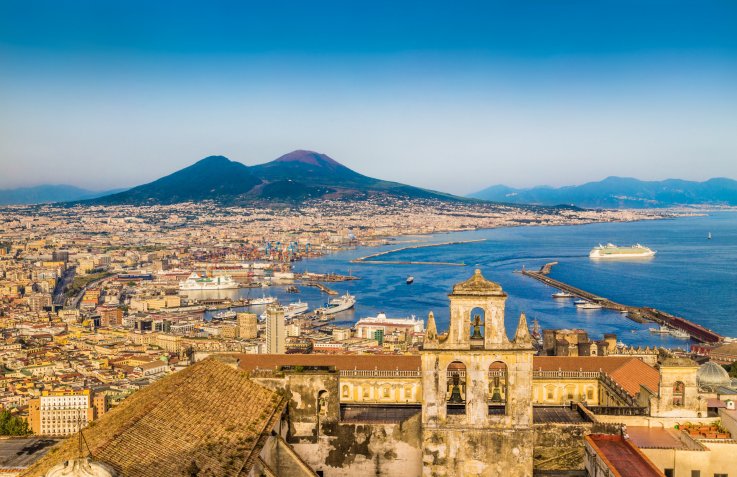

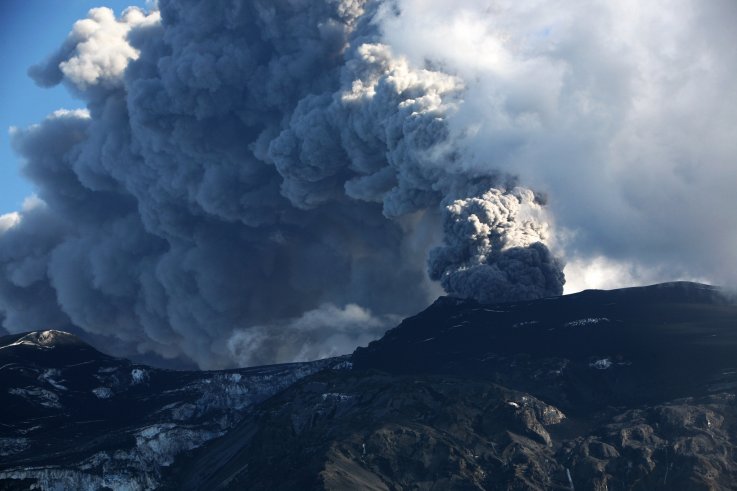

No comments:
Post a Comment